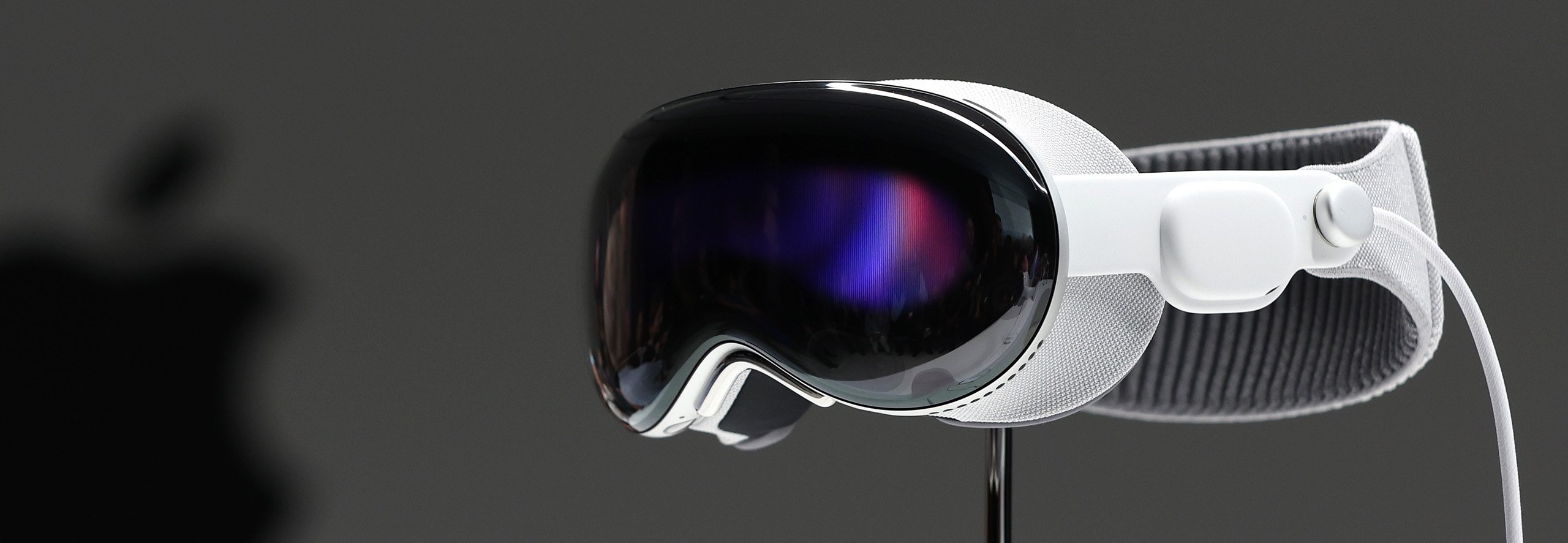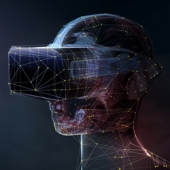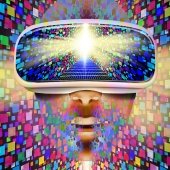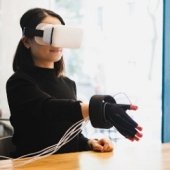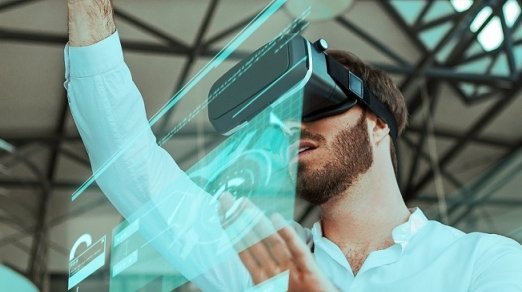Is Apple’s Vision Pro a gamechanger that will mainstream the metaverse? Tech experts weigh in
IN BRIEF
- Apple’s announcement put VR, Web 3 and even the metaverse itself back into the spotlight after a prolonged AI-induced absence, which began with the launch of ChatGPT in November 2022.
- “These aren’t just glasses. This is the most advanced tech product ever created—it’s a supercomputer,” says Cathy Hackl, futurist, Chief Metaverse Officer of Journey and 'Godmother of the metaverse.'
- “While every other tech company goes all in with generative AI, Apple decides to take the ‘Way Back Machine’ to 2016 and revive the wearable headset for yet another attempt to convince consumers they’re cool.”
Apple’s announcement of its Vision Pro virtual reality headset on June 5, 2023 elicited some strong opinions across the board. Could it really replace the iPhone and mainstream the metaverse, as some have claimed? Or is it just another overpriced wearable for the wealthy?
Indeed, with a $3,500 price tag the Apple Vision Pro will not be for everyone, but if previous Apple product launches are any indication, brand diehards and techies will be lined up to purchase the it when it’s available next year.
Apple’s announcement of its Vision Pro virtual reality headset June 5 elicited some strong opinions across the board. Could it really replace the iPhone and mainstream the metaverse, as some have claimed? Or is it just another overpriced wearable for the wealthy?
Indeed, with a $3,500 price tag the Apple Vision Pro will not be for everyone, but if previous Apple product launches are any indication, brand diehards and techies will be lined up to purchase the it when it’s available next year.
Even though Apple didn’t specifically mention the metaverse in the Vision Pro roll out, the mainstreaming of the technologies that enable the metaverse—AR, VR, XR and spatial computing, among others—could go a long way to planting the seeds that will make the metaverse grow.
Although difficult to get your hands on—or head into—one, those fortunate enough to have tested the VR headset have given overwhelmingly positive reviews of its performance, even if some were less impressed with its wearability. But, perhaps most importantly, Apple’s announcement put VR, Web 3 and even the metaverse itself back into the spotlight after a prolonged AI-induced absence, which began with the launch of ChatGPT last November.
Despite loving the name, VISION by Protiviti wasn’t quite sure what the potential impact of the Vision Pro might be, so we asked some tech experts to weigh in.
‘The most advanced tech product ever created’
“These aren’t just glasses. This is the most advanced tech product ever created—it’s a supercomputer,” says Cathy Hackl, futurist, Chief Metaverse Officer of Journey and “Godmother of the metaverse.” “This device is a steppingstone toward a future AR device that Apple will continue to work on.” To that end, Apple reportedly is already hard at work on a less expensive, more mass-market-friendly model that is scheduled to drop in 2025.
Rebecca Barkin, CEO of Laminia1, a layer-one blockchain company co-founded by Neal Stephenson (the writer who coined the word “metaverse” in his 1992 sci-fi novel Snow Crash), says the arrival of the Apple Vision Pro is a milestone event for the broad business of immersive reality.
“Beyond the product itself, it validates a whole host of spatial technologies, critical infrastructure and content initiatives that have been in the works for years. When a market leader with a unified product portfolio, massive install base and arguably unmatched brand trust commits in this way, it matters,” Barkin says. “Technologists double down, markets react, investors start writing checks again, and acquisitions occur. It’s a signal of confidence that catalyzes another sprint of innovation.”
Apple’s cool, calculated approach and deep focus on designing for the masses is markedly different from competitors that focus on being fast and first, Barkin says. Ultimately, what really matters is “Apple’s ability to elegantly transition their customers to something new over the course of the next few years.”
Apple’s announcement put VR, Web 3 and even the metaverse itself back into the spotlight after a prolonged AI-induced absence, which began with the launch of ChatGPT last November.
Protiviti’s Scott Laliberte, Managing Director and Global Leader with the Emerging Technology Group, said the introduction of the Apple Vision Pro is a pivotal moment, especially since it appears Apple has made significant improvements to the technology to make it more user friendly.
“The key now will be if the developer community becomes engaged in developing new applications and capabilities that leverage the Apple Vision Pro, which will compel people to use it.” Something, he admits, that may be more difficult to do right now with all the interest around generative AI. “Hopefully, we will see the broader engagement, but I think it may be a little longer before we see significant advancement in this space,” Laliberte says.
'A moment that invites us all into the future'
Tech visionary Amna Usman Chaudhry, a financial economist and strategist for blockchain, metaverse and Web 3, says while mixed reality and augmented reality headsets have existed before, Apple “has a knack of presenting its products in a simplified and elegant manner, which captures the imagination and encourages broader adoption.”
Chaudhry says Apple’s Vision Pro reveal was important because it makes emerging technologies such as augmented reality and spatial computing more identifiable to the masses. “It’s a moment that invites us all into the future. Millions were shown a glimpse into the realm of possibilities that exist in an immersive world, where the digital and physical worlds merge to create something extraordinary.”
For Hackl, that merging of the digital and physical worlds will be transformational, especially for the fashion industry where she has her focus. “The scanning and volumetric applications of the device as well as the spatial video and images will take fashion to the next level,” she says. “Apple will not only try to make the device aesthetically pleasing, but it will begin to transform fashion and luxury, both from a content and design perspective. This is the moment for developers and brands to start developing for this device and for the Vision operating system.”
This is a luxury product and luxury accessory for the luxury consumer, Hackl says. “The wearable device of the future will have to be a technological marvel firmly rooted in style. Users will be making a fashion choice to use the device or not and what it signals to others.”
It signals something entirely different to Charles Drayton, the Digital Contact Center Platform Lead for Microsoft's Chief Product Office. “While every other tech company goes all in with generative AI, Apple decides to take the ‘Way Back Machine’ to 2016 and revive the wearable headset for yet another attempt to convince consumers they’re cool.”
Drayton, who points out his opinions are his own and do not represent those of Microsoft, wonders if Apple will be the first to succeed in the AR consumer space with a wearable. “Well, history is against them, but if anybody can penetrate the mass market with new technology, it’s Apple.”
“It’s a moment that invites us all into the future. Millions were shown a glimpse into the realm of possibilities that exist in an immersive world, where the digital and physical worlds merge to create something extraordinary.”
- Amna Usman Chaudhry



